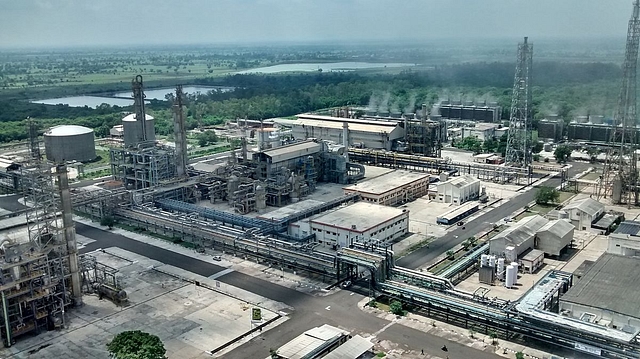
Loss-Making PSUs: How Modi Government Can Get Rid Of This Remnant Of India’s Socialist Era
A product of India’s socialist era, PSUs continue to function in their merry way despite attempts, even if feeble, by successive central governments.
A paper released recently by a finance ministry think tank addresses the critical aspect of PSU disinvestment, and makes important suggestions.
Finance ministry think tank National Institute of Public Finance and Policy (NIPFP) has released a working paper, written by Ajay Chibber and Swati Gupta, analysing the performance of 235 Public Sector Undertakings (PSUs). The PSUs have been classified into Maharatnas (seven biggest PSUs), Navratnas (17) and Miniratnas (73). Rest of the PSUs are so lightweight that the government doesn’t categorise them as a ratna.
The PSUs are a legacy of India’s socialist era. No government since has been able to liberate India from it. Even the economic reforms of 1991 couldn’t get rid of them. The Vajpayee government tried, but its attempts were met with little success. In its first term, the Manmohan Singh government abandoned the idea of strategic disinvestment, i.e., privatisation. It did try to improve the performance of the PSUs, but the improvement wasn’t significant enough. In its second term, it tried to pursue more aggressive disinvestment but within a couple of years, the policy paralyses set in and the drive lost the momentum.
The Modi government has also carried on along the same lines. But it hasn’t been able to meet with any success. It has failed to meet even the modest target of Rs 68,500 crore in 2015-16 and Rs 56,000 crore in the current fiscal. (Only 60 per cent of the goal has been achieved so far.) Chibber and Gupta in their paper have, thus, made a suggestion to the Modi government to adopt a medium-term plan based on performance, size and sector instead of ad hoc expediency based on yearly targets.
The duo recommends a 10-year plan to divest at least 50 per cent of PSU assets, shift the proceeds into a strategic investment fund and reap the rewards. This would amount to roughly $250 billion or Rs 15 lakh crore (total assets of PSUs are estimated to be worth Rs 30 lakh crore, without including the assets of state-owned banks). The paper notes that “if this amount is used to leverage private funding of the same magnitude, India could be able to invest an additional $50 billion (around Rs 3 lakh crore), roughly 2.5 per cent of GDP, in public infrastructure for the next 10 years.” This would prove to be a quantum leap in spending in this critical sector. The total capital expenditure outlay for infrastructure during fiscal 2016-17 stood at Rs 2,21,246 crore.
The paper rightly notes that the government’s business concerns public infrastructure, not public companies. Directing state-owned assets with generally low returns towards public social infrastructure, the paper says, will improve returns. (The PSUs privatised under the Vajpayee government, for instance, saw the tripling of their return on capital after privatisation.) Additionally, doing so will unlock funds for building infrastructure.
The duo also recommends that seven Maharatnas (total assets worth Rs 10 lakh crore, i.e., one-third of total PSU assets) not be touched as most of them are doing well collectively. (“Their return on capital and return on assets have been higher than those of comparable private firms by four per cent and two per cent.”) The paper however notes that the private sector is catching up in performance with the Maharatnas, whose performance is on decline. So it calls for restructuring and better leadership at the top of Steel Authority of India Limited (SAIL), Bharat Heavy Electricals Limited (BHEL) and Indian Oil Corporation.
Chibber and Gupta suggest that, since the performance of Navratnas and Miniratnas (17 and 73 in number respectively) is consistently lower than that of comparable private privates, these should be privatised, especially Miniratnas and those in the manufacturing and services sector.
These companies, the paper notes, are nothing but have become a parking lot for party members to be employed at after coming to power or are treated as vehicles to dole out contracts to cronies. Arguments against the privatisation of PSUs thus shouldn’t be entertained.
The paper however cautions against Russian-style privatisation, where the state’s assets go into the hands of a few “oligarchs”. It calls for transparent processes, competitive bidding and ensuring that workers are paid compensation. Chibber and Gupta exhort the government to adopt a bold approach if it wants to get rid of this “costly socialistic” legacy. Simply focusing on temporary improvements in PSUs or offering incentives for better performance will not cut it any more.